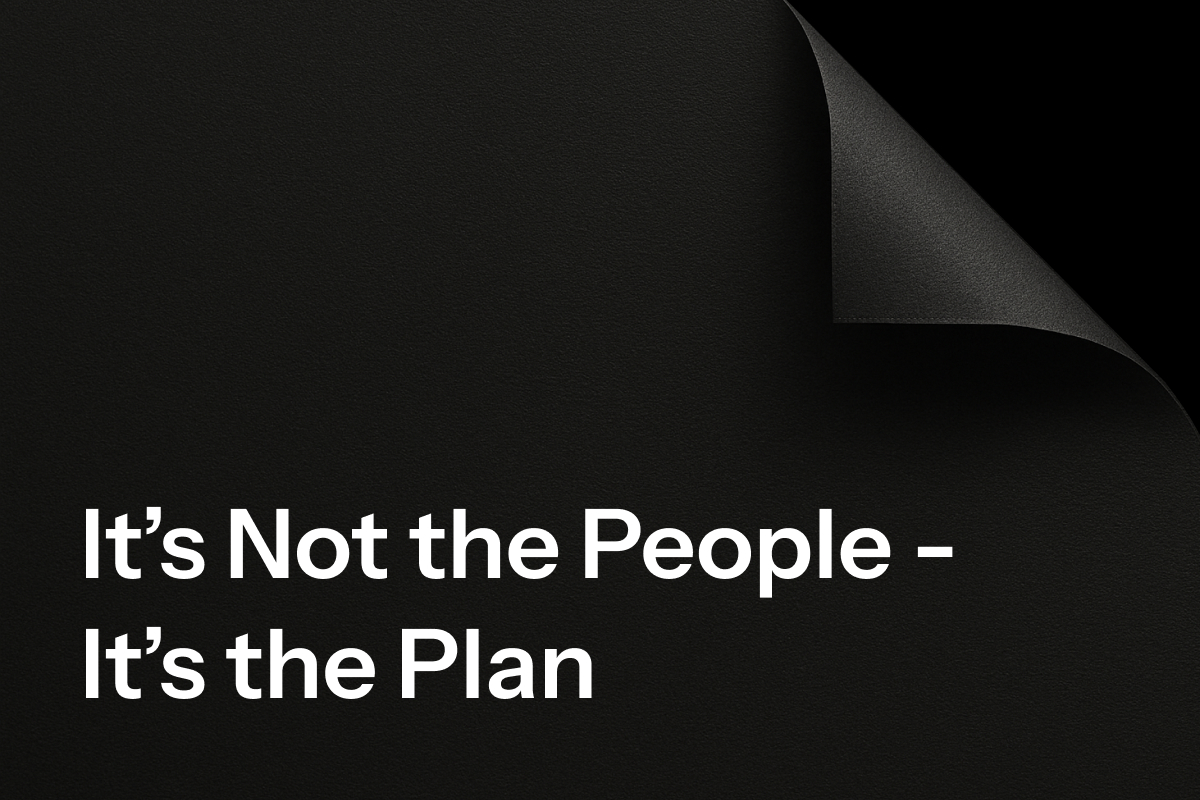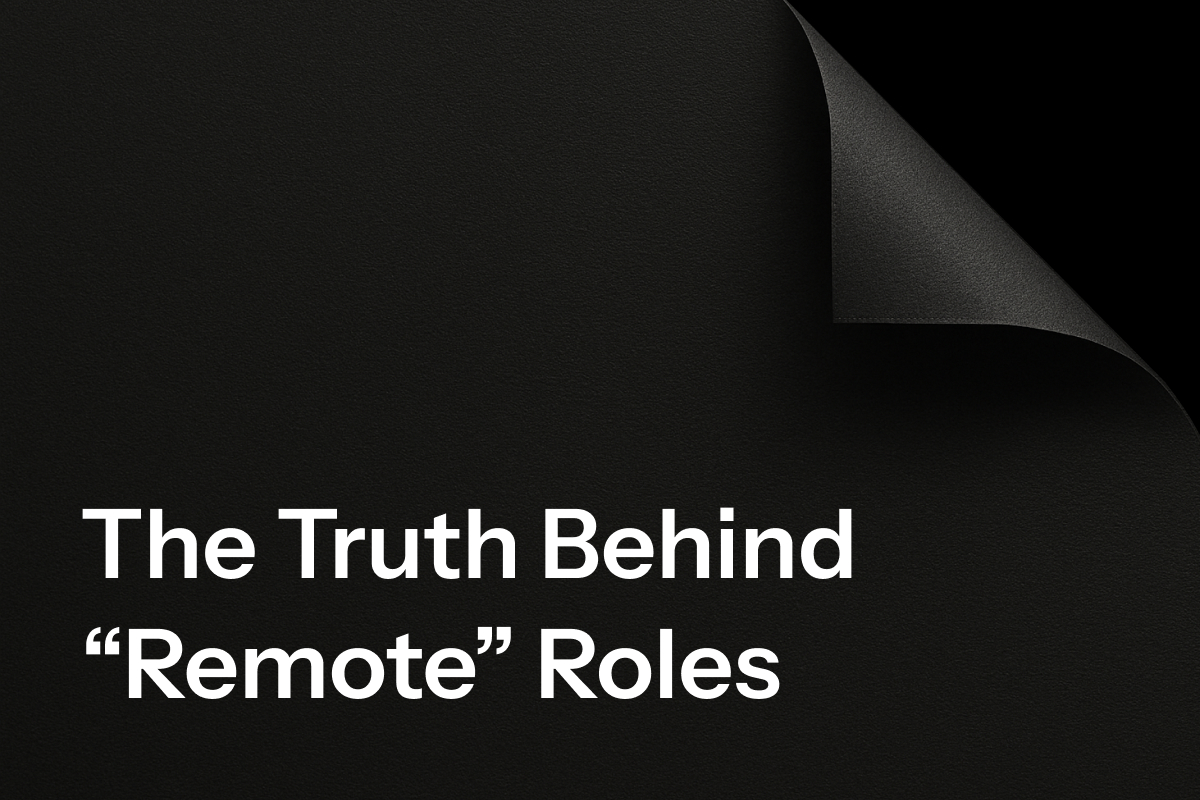Cold outreach is facing unprecedented challenges. With reply rates plummeting and success rates even lower, companies are finding it increasingly difficult to break through and effectively engage potential clients.
Why is Cold Outreach Getting Harder?
The rapid advancement of technology, the decreasing cost of machine learning tools, and the proliferation of new lead generation and cold outreach software have significantly lowered the barrier to entry. Consequently, the market has become flooded with outreach efforts, often from individuals or companies that lack expertise and strategic targeting.
The Consequences of Poorly Executed Cold Outreach
- Amateur Approaches Overwhelm Decision-Makers:
Many decision-makers receive countless messages daily from inexperienced outreachers offering irrelevant services. This saturation makes it difficult for legitimate, valuable messages to gain attention. After encountering repeated irrelevant or poorly targeted offers, decision-makers become skeptical and resistant to future outreach attempts. - Unrealistic Promises Erode Trust:
In an effort to boost reply rates, outreachers frequently make exaggerated promises in initial messages. Although this approach may temporarily boost response rates, it often results in long-term damage. Once decision-makers realize the promised services lack genuine value, their trust in subsequent outreach attempts diminishes significantly. - Frustration and Disengagement:
The persistent influx of irrelevant messages creates frustration among prospects, leading them to disregard even genuinely valuable outreach attempts. As a result, businesses offering meaningful solutions struggle to capture attention amidst widespread skepticism.
Can This Problem Be Fixed?
Resolving this challenge entirely may not be feasible, as it involves collective industry-wide change. However, individual companies can adopt more strategic and thoughtful approaches to stand out in an increasingly crowded outreach landscape.
Strategies to Improve Cold Outreach Effectiveness
- Personalization and Targeting:
Businesses should focus on precise targeting and personalization, ensuring messages directly address the recipient’s specific needs, pain points, and business context. Tailored messages significantly increase engagement rates and convey genuine interest. - Realistic Messaging:
Clear, honest, and transparent messaging builds credibility and long-term trust. Instead of making exaggerated promises, companies should emphasize realistic outcomes and practical benefits. - Quality Over Quantity:
Shifting away from mass outreach towards carefully selected, highly qualified prospects can dramatically improve effectiveness. Quality-driven outreach fosters stronger relationships, ultimately enhancing conversion rates. - Building Credibility First:
- Companies should consider offering valuable insights or resources upfront, positioning themselves as knowledgeable and trustworthy partners. This approach differentiates them from superficial, generic messages that prospects regularly encounter.
Final Thoughts
While the market saturation caused by inexperienced outreachers presents significant hurdles, companies willing to invest time in creating thoughtful, targeted, and credible outreach campaigns will rise above the noise. By prioritizing genuine connection and authentic communication, businesses can overcome the declining effectiveness of traditional cold outreach strategies and achieve sustained success.




